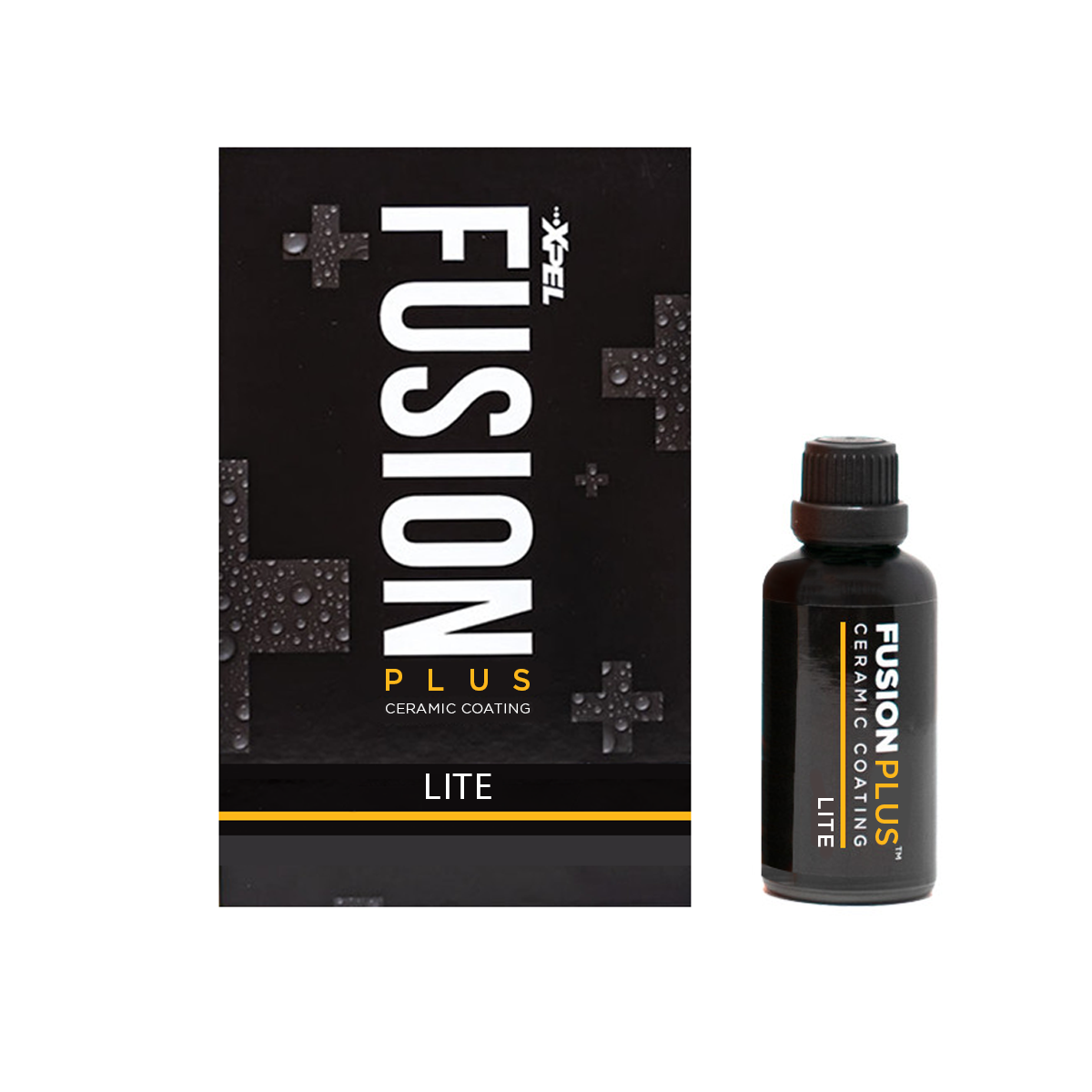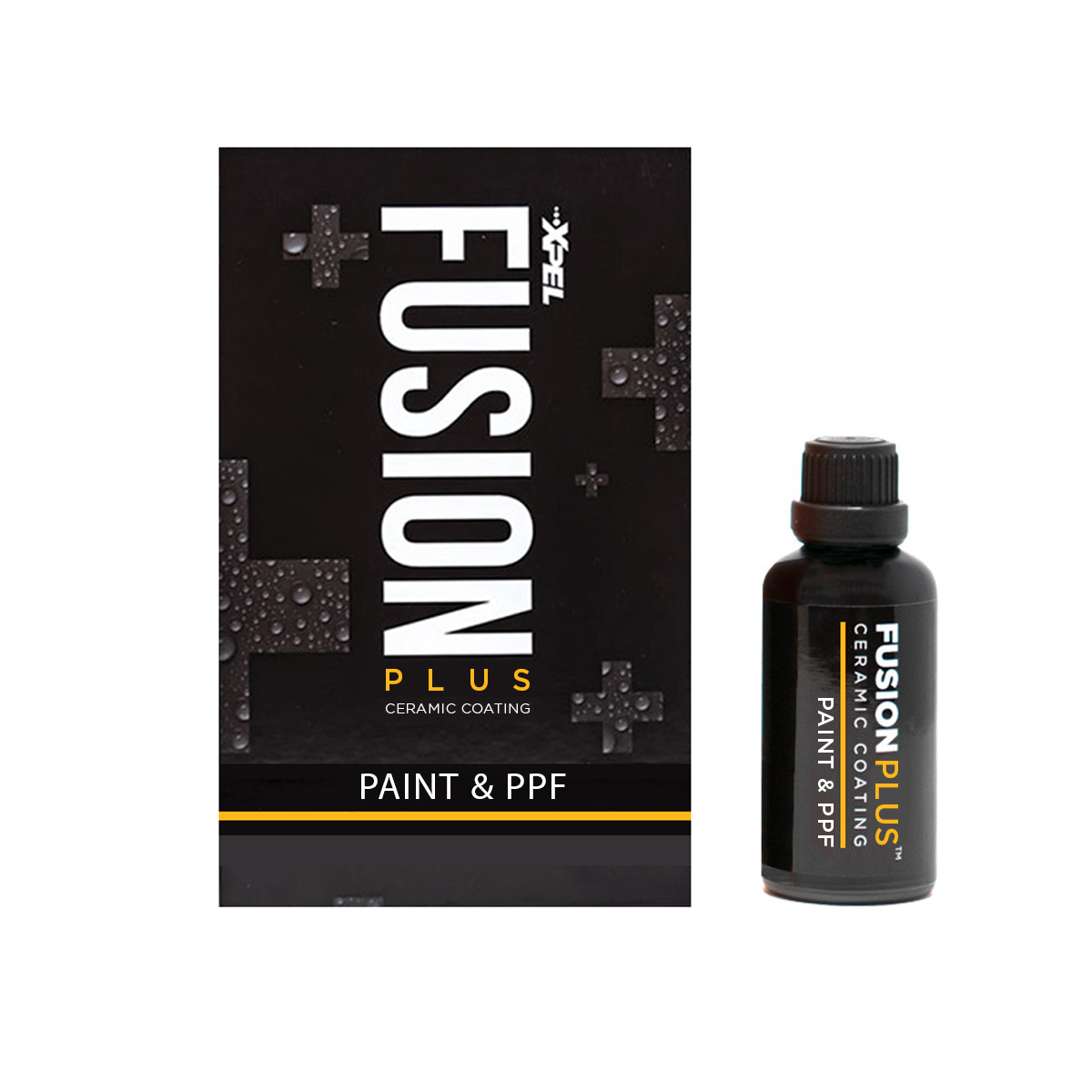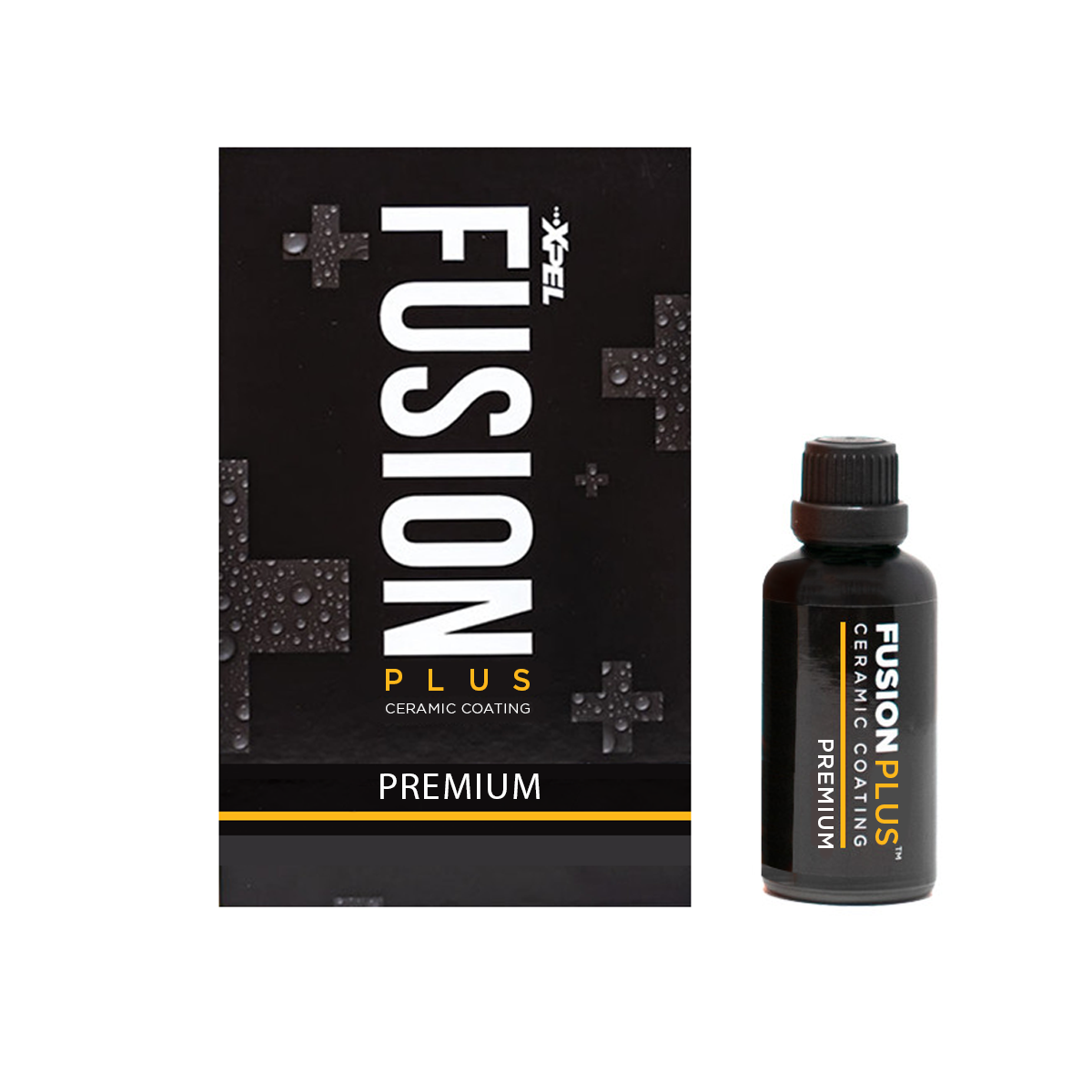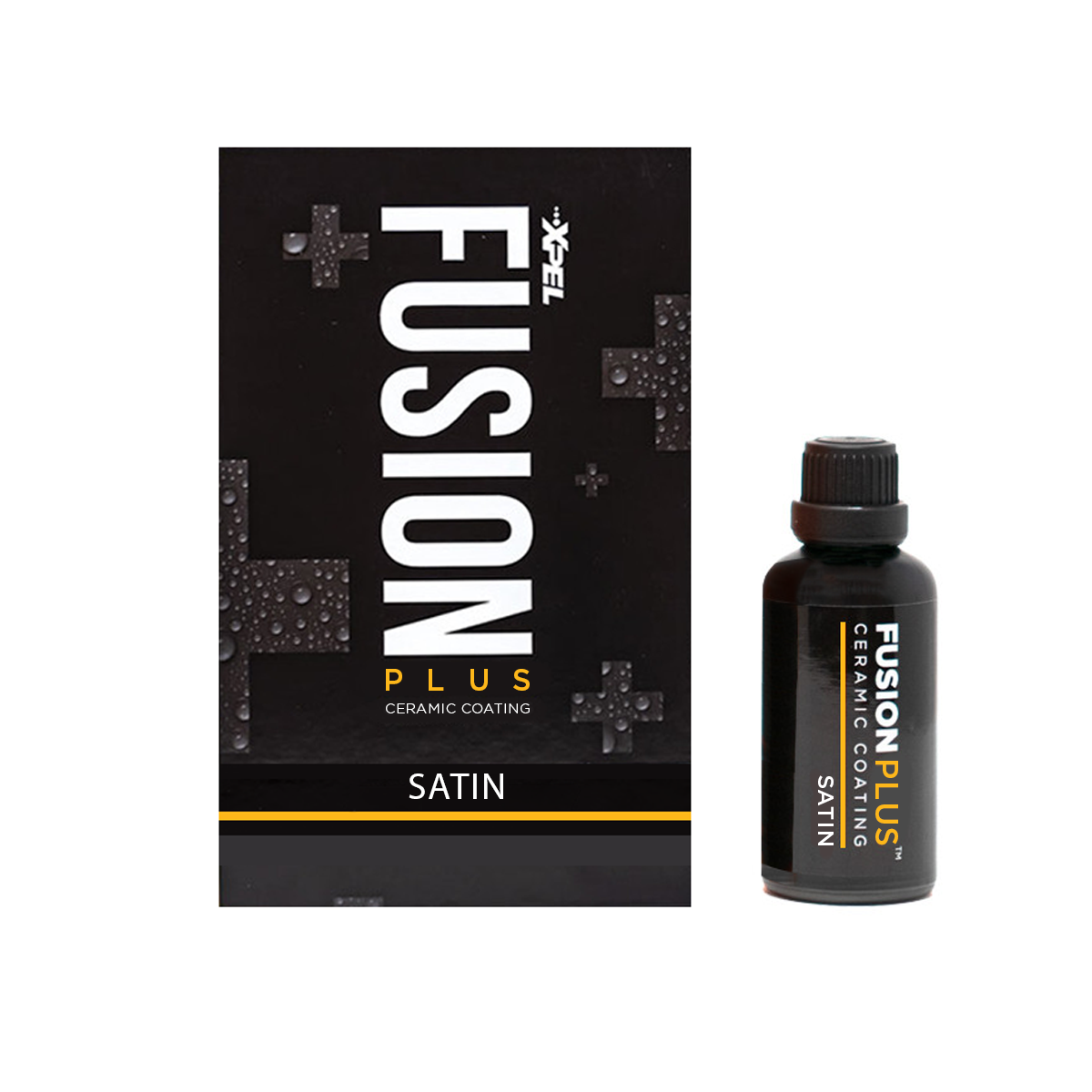High-Grade Ceramic Coating Services in South Florida
Unveil the ultimate armor for your vehicle with Tint Haus Customs’ ceramic coating in South Florida. Our premium solutions offer unmatched protection for your ride, safeguarding its aesthetic allure against the relentless sun, unyielding rain, and the daily wear and tear of the road. Trust in our expertise to not only enhance your car’s appearance but also fortify its resilience for the long haul.

Why Ceramic Coating?
Ceramic coating, also known as nano-ceramic coating or ceramic paint protection, is a liquid polymer that is applied to the exterior of a vehicle. It chemically bonds with the vehicle’s clear coat, creating an additional layer of protection against external elements. This results in a hydrophobic (water-repelling) and oleophobic (oil-repelling) surface that is highly resistant to scratches, UV rays, and chemical contaminants.
Benefits of Ceramic Coating
Enhanced Durability
The ceramic coating provides superior protection against minor scratches, swirl marks, and paint chipping. It also offers long-term UV resistance to prevent fading and oxidation.
Water and Dirt Repellent
The hydrophobic and oleophobic properties of ceramic coating make it extremely easy to clean. Water and dirt simply slide off the surface, reducing the need for frequent washing.
Chemical Protection
Ceramic coating forms a barrier against harsh chemicals such as acid rain, bird droppings, and tree sap, preventing them from damaging your car's exterior.
Gloss and Shine
The ceramic coating's reflective properties give your car a deep, glossy shine that lasts for years, making it look brand new even after multiple washes.
Cost-effective
While the initial cost of ceramic coating may seem high, it is a long-term investment that eliminates the need for frequent waxing and polishing, saving you time and money in the long run.
Eco-friendly
As ceramic coating reduces the need for harsh chemicals and frequent washing, it is an eco-friendly option for vehicle protection.

1-Year Warranty
FUSION PLUS LITE is a high-quality ceramic coating that provides resistance to light scratches and fading. Its hydrophobic properties repel dirt and liquids, making surfaces easier to clean.

4-Year Warranty
FUSION PLUS PAINT & PPF provides exceptional resistance to light scratches, stains, and fading. It improves surface clarity to increase color depth - leaving paint or PPF with a smooth, slick finish.

8-Year Warranty
FUSION PLUS PREMIUM features unparalleled durability and longer-lasting protection against scratches and environmental contaminants – for those who want the ultimate in ceramic coating technology.

4-Year Warranty
FUSION PLUS SATIN is a unique ceramic coating specifically for satin paint and XPEL STEALTH™ paint protection film. It delivers excellent protection and hydrophobicity to keep your satin finish looking great.

XPEL Ceramic Coating
Transform your vehicle care routine with Tint Haus Custom’s revolutionary FUSION PLUS™ Ceramic Coating, a game-changer that brings a whole new level of protection.
Picture this: molecular-level bonding that creates a shield against everything nature throws at your ride – be it pesky bugs, harsh UV rays, or the general wear and tear of daily adventures. FUSION PLUS™ doesn’t just protect; it elevates your vehicle’s appearance with an unbeatable gloss, top-notch hydrophobic defense, and added scratch resistance – all achieved with just one application.
Now, let’s talk about applications. For your beloved car, FUSION PLUS™ for Paint & PPF is like a spa day, enhancing color depth and making cleaning a breeze, thanks to its hydrophobic magic. If you’re taking to the skies, our FUSION PLUS Ceramic Coating is your aircraft’s best friend, offering an extra layer of protection. And for marine enthusiasts, brace yourselves for open water adventures as FUSION PLUS™ stands guard against the elements, from scorching heat to the toughest solvents.
It’s not just about protection; it’s about upgrading your vehicle care experience. Embrace the future with FUSION PLUS™ Ceramic Coating – because your ride deserves the best, and so do you.
Key Features
- Unmatched Durability – With a 10H hardness rating, FUSION PLUS™ offers the highest level of scratch resistance and protection against environmental damage.
- Superior Gloss and Shine – Thanks to its advanced formula, FUSION PLUS™ delivers an unparalleled shine that will make your vehicle stand out from the crowd.
- Resistance Against Chemicals and Contaminants – The molecular-level bonding creates a barrier against harsh chemicals, acid rain, bird droppings, and other contaminants that can damage your vehicle’s paint.
- Easy Maintenance – The hydrophobic properties of FUSION PLUS™ make it incredibly easy to clean, reducing the time and effort needed for regular maintenance.
- Versatile Applications – Whether it’s for your car, aircraft, or boat, FUSION PLUS™ offers the same level of protection and gloss for all types of vehicles.
As you can see, Tint Haus Customs’ ceramic coating is not just your regular paint protection service. It’s a complete solution that elevates your vehicle’s appearance and extends its lifespan. We also provide additional services like Paint Protection Film and Window Tinting to safeguard and elevate the appearance of your vehicle.

Visit Tint Haus Customs Today!
Experience unparalleled protection and elevate your ride with Tint Haus Customs‘ Ceramic Coating in South Florida. Our team of professionals uses only the highest quality products to ensure that your vehicle stays protected and looks its best for years to come. With Tint Haus Customs advanced technology and expertise in ceramic coating, we guarantee a flawless application every time. So why wait? Visit us today to learn more about us and give your ride the ultimate shield it deserves!
